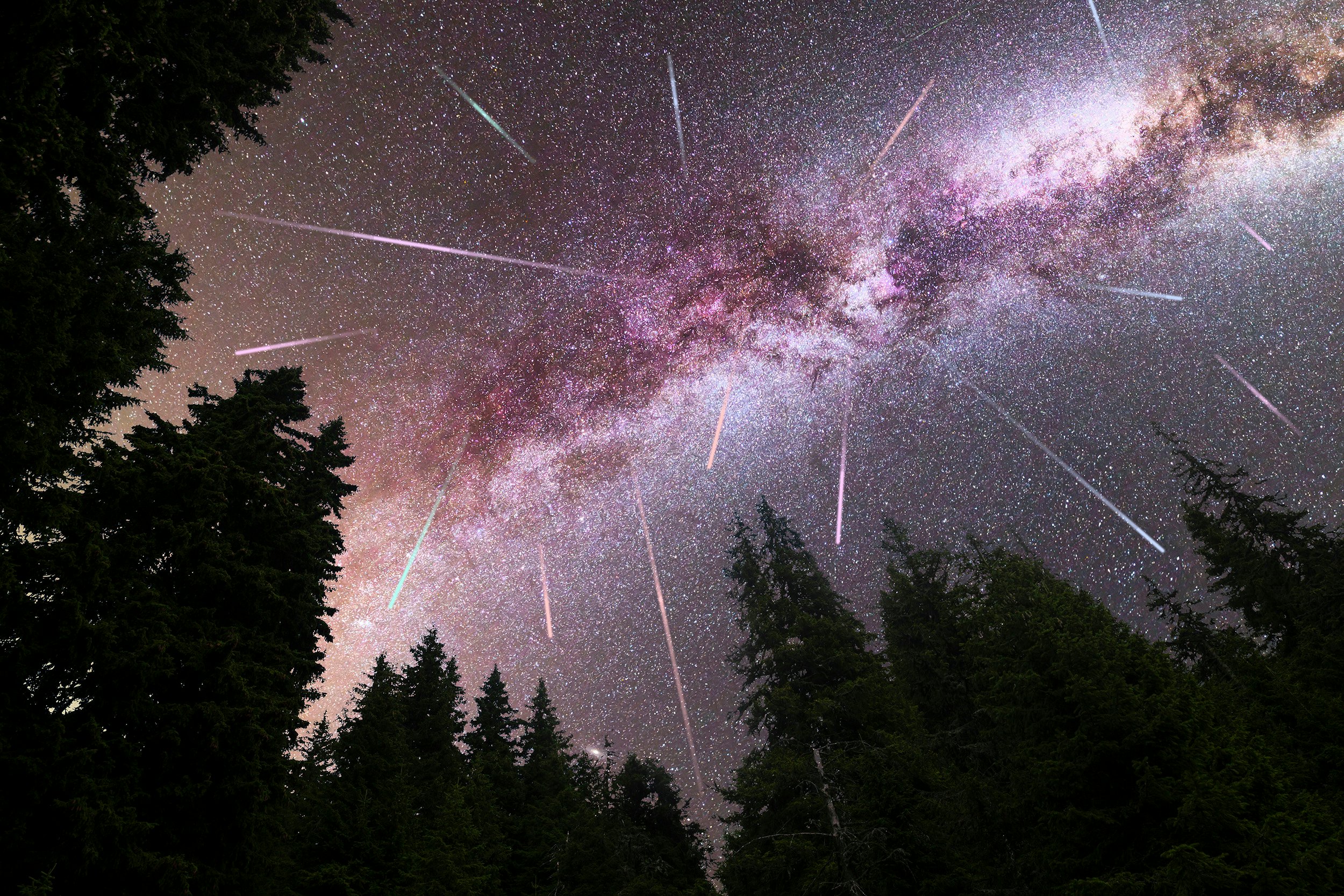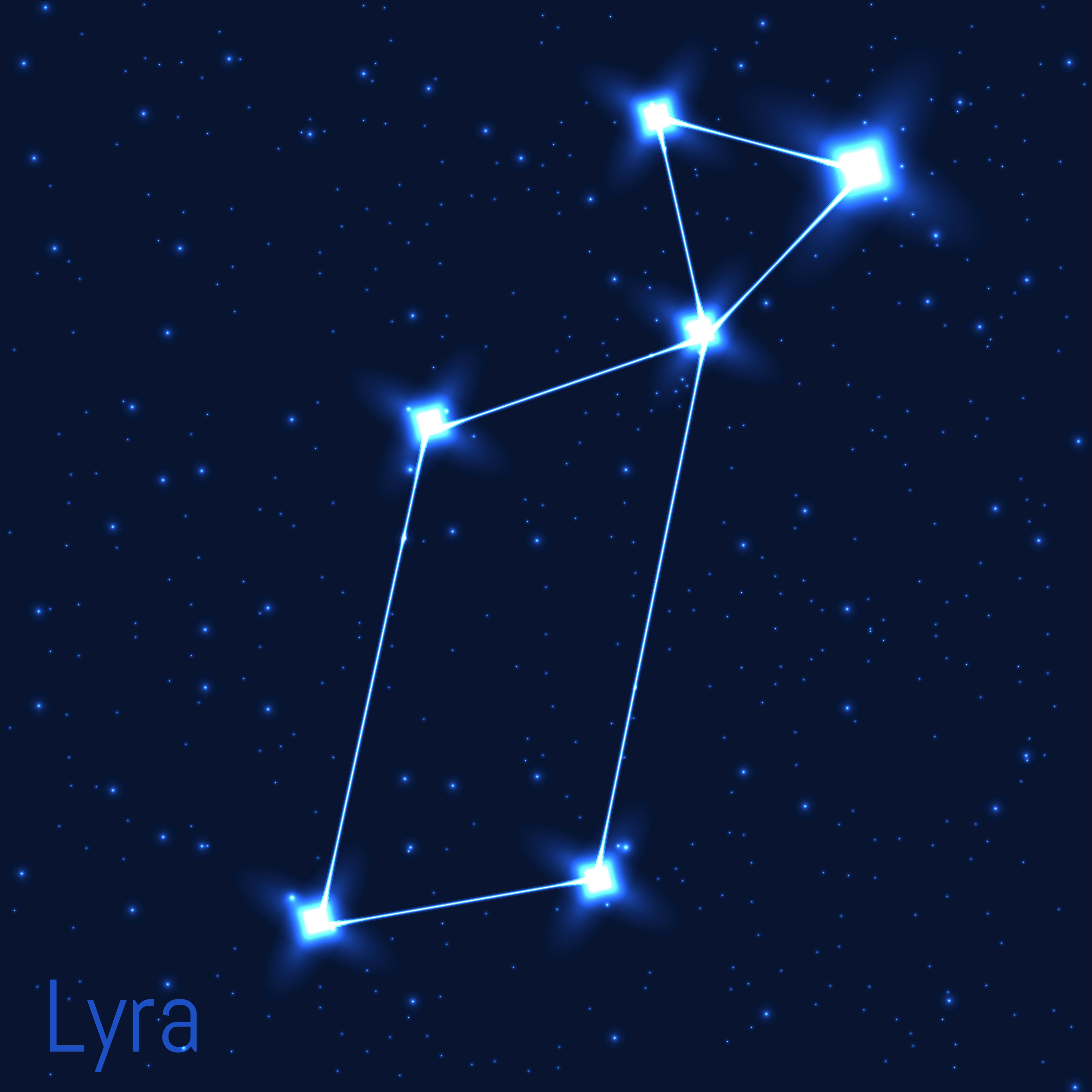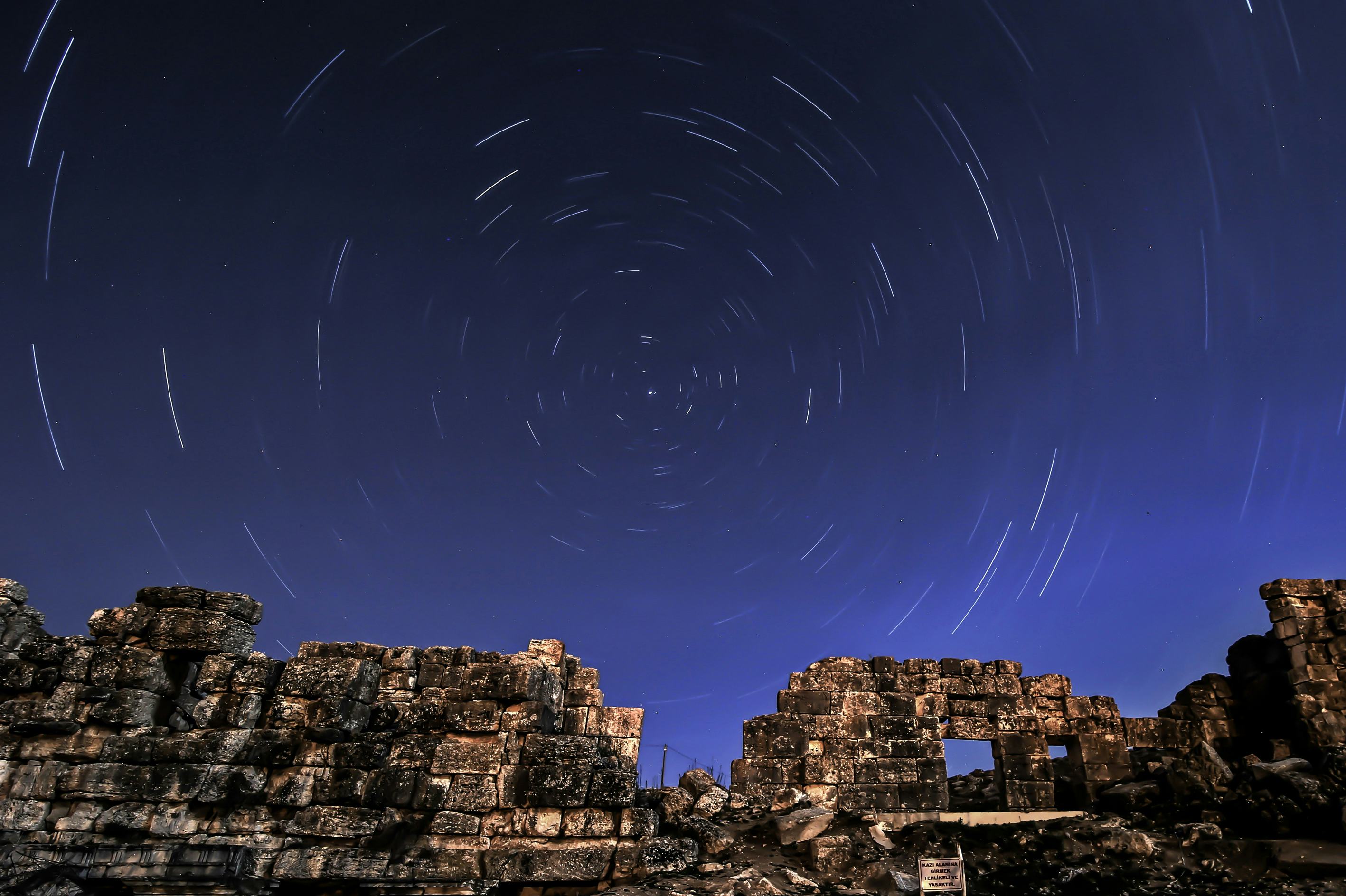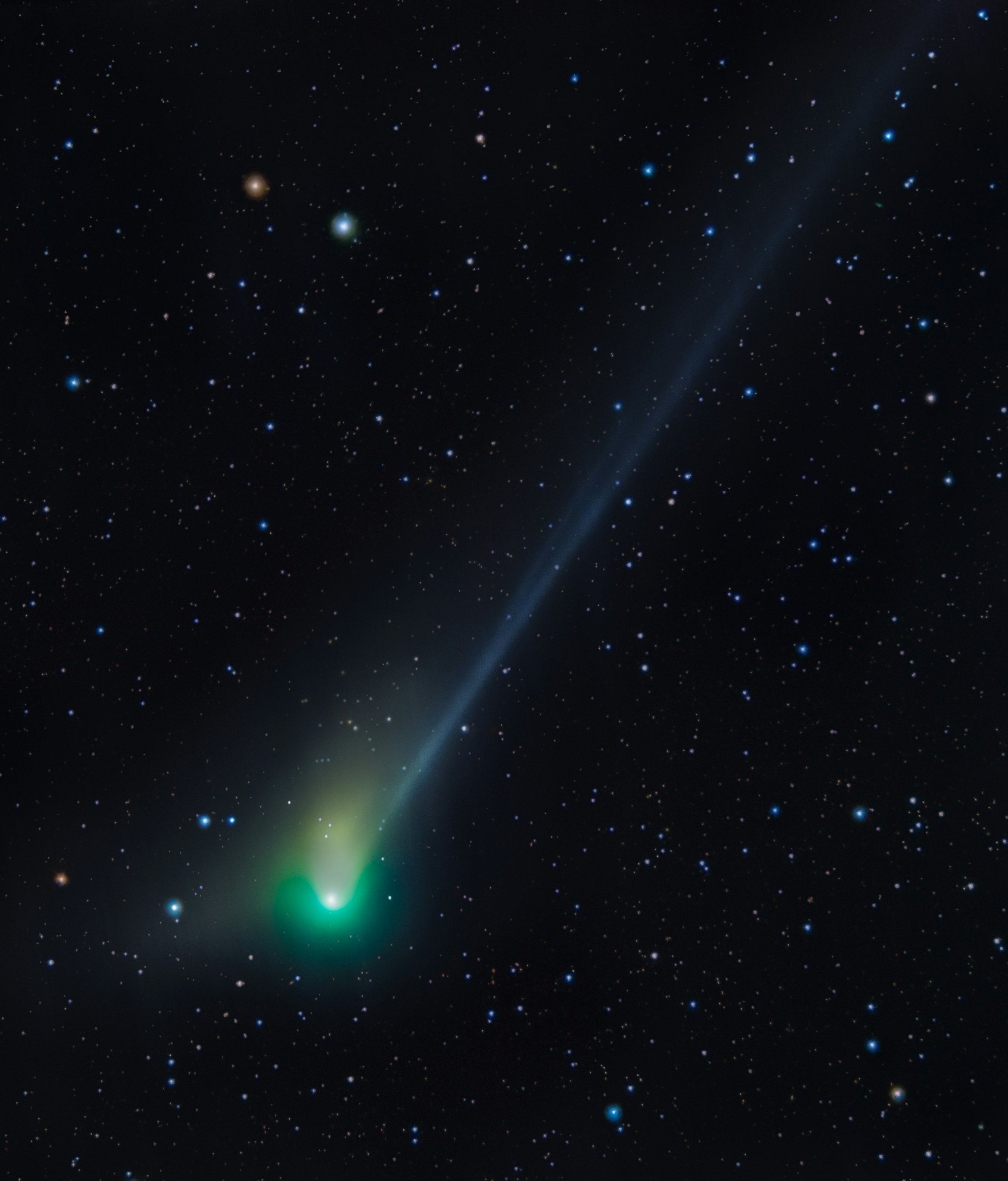
While the first few months of the year are duds for meteor showers, April breaks the streak by ushering in a spectacular show every spring.
The Lyrid meteor shower peaks this year on the evenings of April 22 and April 23. During the peak, you’ll have a chance to see a higher concentration of meteors than at other times of the month — but it’s possible to catch the Lyrids now until April 29.
How to see the Lyrid meteor shower
The Lyrids appear to radiate from the constellation Lyra (the harp). You can find Lyra by first locating Vega, one of the brightest stars visible to the naked eye in the eastern night sky.
Lyra is a relatively small constellation nestled between Cygnus (the goose) and Hercules. It’s the namesake for the meteor shower, and is easiest to view from the Northern Hemisphere.

To spot the shower, try stepping outside a few hours after sunset when the sky is fully dark. You’ll get the best view of the shower when Lyra is positioned high in the sky; it starts out low on the horizon in the evening and reaches its highest point around dawn. Skywatching apps and digital guides can help you determine exactly when the constellation rises in your area.
You won’t need a telescope to see the Lyrids. But to get the best view, try looking just to the side of where the meteors appear to radiate from. Staring directly at Lyra will cause a visual effect called foreshortening, which makes the meteors look more stunted. Looking away makes them appear longer and grander.
Viewing conditions for the Lyrid meteor shower
Dark skies are ideal for spotting meteor showers. This month, the New Moon falls on April 20, just days before the shower peaks. That means the sky will still be quite dark on April 22 and 23 — all you need are clear, cloudless skies and minimal light pollution to get a good view.
During the shower’s peak, the Lyrids will produce an average of 18 meteors per hour, but can sometimes surprise viewers with up to 100 meteors per hour.

They might look a little different than other showers, since the Lyrids are known for their lack of bright dust trails that meteors often leave behind. But they do sometimes create bright fireballs, which appear less like a shooting star and more like a flash of light.
What causes the Lyrid meteor shower?
Like all meteor showers, the Lyrids happen when Earth passes through a trail of cosmic debris left behind by a comet or asteroid. That debris sits in Earth’s orbital path around the Sun, and our planet only passes through them once every year.
When the debris burns up in Earth’s atmosphere, it creates a spectacular, annual show of shooting stars, more properly called meteor showers.

The Lyrids are the product of a comet called C/1861 G1 Thatcher, which passes by Earth once every 451 years. People have been observing the Lyrids for far longer, and it’s one of the oldest known meteor showers, according to NASA.
How old are the Lyrids?
People have been observing the Lyrids since at least 687 BC, when the first records of the event were written down in ancient Chinese texts. But the source of the Lyrids wasn’t discovered until almost 1200 years later.
Amateur astronomer A.E. Thatcher was the first to record a sighting of the comet in 1861. Hence why the comet C/1861 G1 Thatcher bears his name today.
When is the next meteor shower in 2023?
At roughly the same time the Lyrids become active, the eta Aquariids also start to shine in the sky. However, this shower peaks later — on May 4-5 this year — and is much more prominent in the Southern Hemisphere.
The eta Aquariids radiate from the constellation Aquarius. You can spot them at the same time as the Lyrids, though they’ll appear weaker during April.







